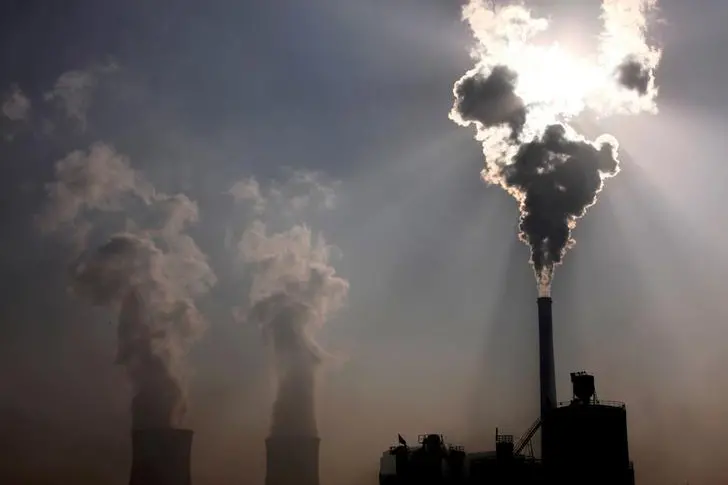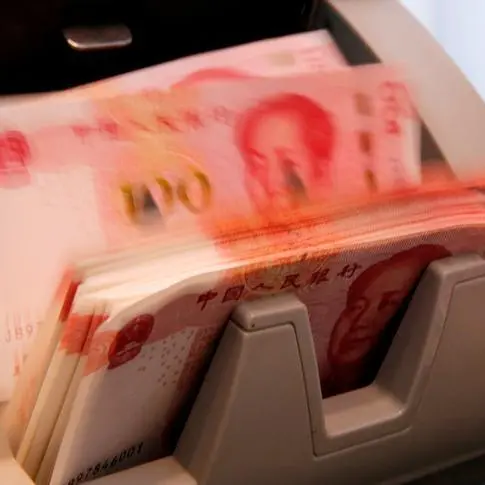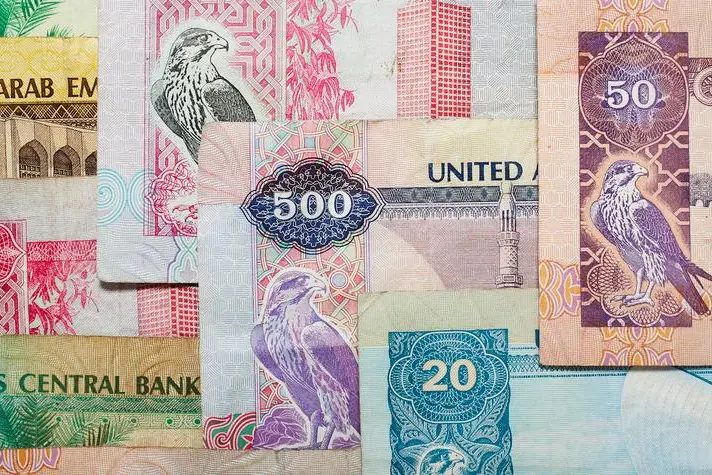PHOTO
FILE PHOTO: A coal-burning power plant can be seen behind a factory in the city of Baotou, in China's Inner Mongolia Autonomous Region October 31, 2010. REUTERS/David Gray/File Photo
(The opinions expressed here are those of the author, a columnist for Reuters.)
LAUNCESTON, Australia - Asia's imports of seaborne thermal coal are expected to be largely steady in June, but are showing some divergence between strength in North Asian buyers of higher-quality fuel and softness in lower-grade coal sought by China and India.
Asia, the top-importing region of the power-generation fuel, is on track to see arrivals of 76.39 million metric tons in June, according to data compiled by commodity analysts Kpler.
This is down slightly from May's 78.67 million tons, but up from 74.81 million in June last year.
Much of the small drop in June imports can be ascribed to China, the world's biggest coal importer, with arrivals of seaborne thermal coal slipping to 28.21 million tons from May's 30.74 million, according to Kpler.
China's appetite for imported coal has remained strong so far in 2024, as domestic production has struggled amid ongoing safety inspections at mines.
For the first five months of the year China's coal output was 1.86 billion tons, down 3% from the same period in 2023, according to official data.
The soft domestic production, coupled with higher local prices, has meant utilities have turned to imported coal to meet rising power demand.
The small drop in May's imports is largely a reflection of increased hydro generation, which surged 38% in May from the same month in 2023, and was up 14.9% for the first five months of the year.
India, the world's second-biggest coal importer, is also likely to see a drop in June imports, with Kpler estimating thermal coal arrivals of 14.63 million tons, down from 17.59 million in May, but above the 13.43 million from June last year.
India has ramped up electricity generation in recent months as a strong economy and an ongoing heatwave boost demand for power.
The decline in June thermal coal imports doesn't signal that electricity demand is waning, rather it's more likely a reflection that domestic coal output is increasing.
India's coal production in May was 83.91 million tons, up 10.2% from the same month in 2023, and for the first two months of the fiscal year that started in April, output rose 8.8%, according to data provided by the Ministry of Coal.
India's federal Coal Minister G. Kishan Reddy said on June 13 that his government aims to reduce coal imports and boost domestic output, and while this has been a long-standing ambition, it appears that domestic production is trending higher on a sustained basis.
The outlook for India's thermal coal imports will largely depend on the success of boosting domestic production, as well as the strength of electricity demand and how quickly renewable generation can be deployed.
NORTH ASIA STRENGTH
While China and India saw some easing of thermal coal imports in June, the developed economies of North Asia, which tend to buy high calorific value (CV) coal mainly from Australia, saw increasing arrivals.
Japan, Asia's third-biggest coal importer, is expected to import 7.65 million tons of thermal coal in June, up from 6.26 million in May and the first monthly increase since March.
South Korea is forecast to import 6.82 million tons in June, up from 4.50 million in May and the strongest month since February.
Taiwan's June imports are estimated by Kpler at 4.24 million tons, up from 4.03 million in May and almost reaching the 4.25 million from March, which was the strongest month since September last year.
The rising demand from North Asia boosted the price of Australian high-grade coal in May, with the Newcastle index assessed by globalCOAL coming in at $142.72 a ton for the month, the strongest so far this year.
The Newcastle price has eased slightly since then to $131.50 a ton on Monday, but this is a reflection of expected softer demand from North Asia once the summer peak passes.
The opinions expressed here are those of the author, a columnist for Reuters.
(Editing by Stephen Coates)





















